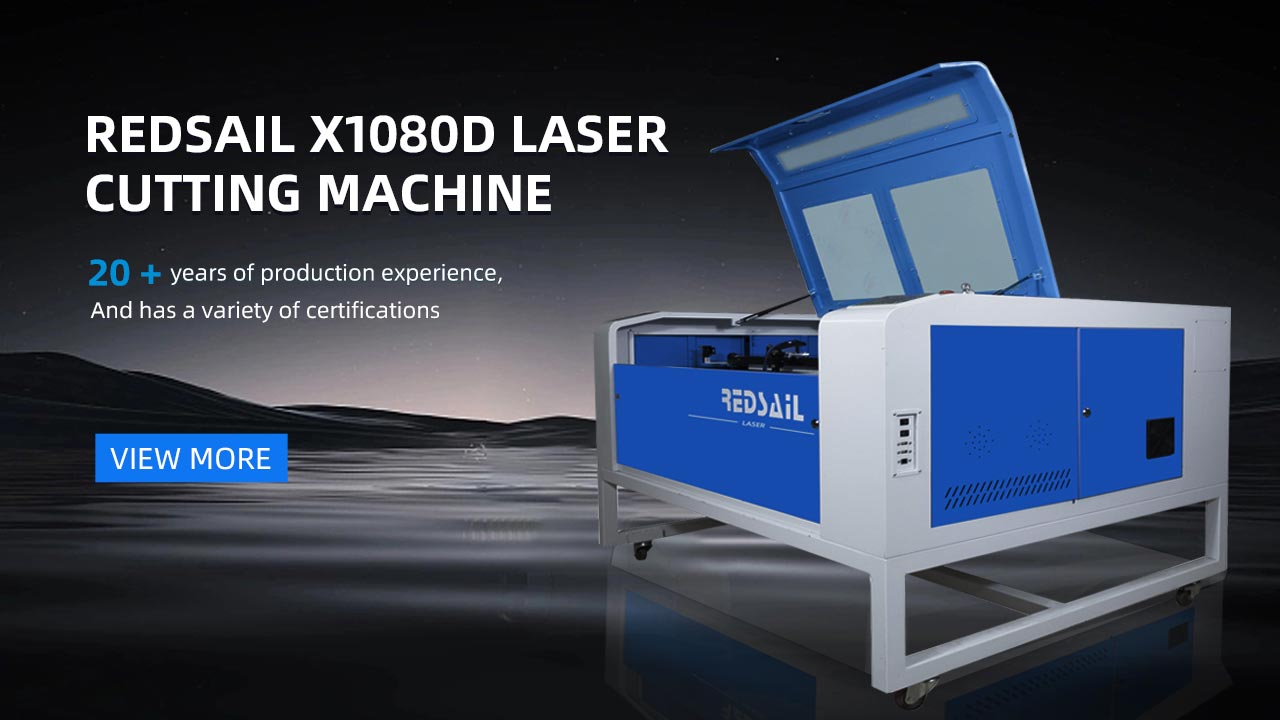Precautions for laser cutting machine
As mentioned in the previous section, the type of laser suitable for a laser cutting application depends largely on the material being cut. However, other factors should be considered when selecting and setting up a laser cutting machine for a specific application, such as machine configuration, laser power, wavelength, temporal mode, spatial mode, and focal spot size.
Laser Power: Laser power or wattage can increase or decrease the overall processing time for a cutting application. This happens because, as the laser power increases, so does the intensity of the beam (power density (intensity) = P/πr2).
The price of a laser cutting machine usually depends on the power of the laser. The more powerful the laser, the more expensive the equipment. Therefore, manufacturers and workshops must find a balance between processing cost and equipment cost when selecting a laser machine based on laser power.
Wavelength: The wavelength of a laser beam is the spatial length of a complete vibration cycle of photons in the beam. The specific wavelength portion of the laser beam determines the radiation absorption rate of the material, which allows the material to be heated, melted and vaporized to create the necessary cuts.
Beam pattern: This pattern refers to how the intensity of the laser beam is distributed across the cross-section of the beam. This mode will affect the size of the beam focus and beam intensity, and then affect the quality of cutting. Typically, the best mode has a Gaussian intensity distribution (TEM00).
Focus: The light beam is directed through a lens or special mirror and focused to a small spot of high intensity. The point at which the beam diameter is the smallest is called the focal point. The optimal focus position for laser cutting applications depends on several factors, including the properties and thickness of the material, beam shape and pattern, type of assist gas, and the state of the focusing lens.
Material considerations
Laser cutting is suitable for a variety of metal and non-metal materials, including plastics, wood, gemstones, glass and paper. As mentioned in the previous sections, the type of material to be cut and its properties largely determine the optimal cutting mechanism, cutting gas and cutting gas pressure, and the laser machine used for the laser cutting application.
In addition to the reactivity or non-reactivity of the material being cut, another material consideration that manufacturers and shops may consider when deciding whether laser cutting is suitable for their cutting application is reflectivity. The greater the reflectivity of a material, the greater the percentage of radiation that is reflected rather than absorbed by it. Lower absorptivity slows down the cutting process and increases turnaround time, and increases the laser power required to cut the material. Highly reflective materials such as copper and aluminum can also cause damage to laser machines, as the beam may reflect back into the laser cutter’s components.





